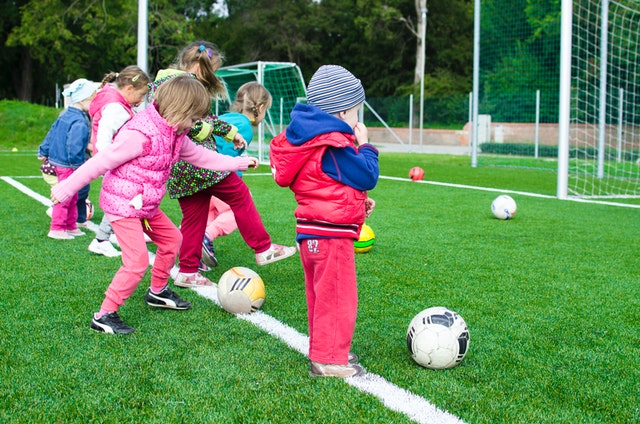If your child suffers from asthma, you know that managing the condition can sometimes be a challenge. While many activities and situations can trigger an asthma attack, exercise is one of the most common. Fortunately, there are ways to help manage exercise-induced asthma and ensure your child can participate in physical activity without fear of an attack. In this post, we will discuss some tips for managing your child’s asthma during exercise. Keep reading to learn more!
Why does exercise make asthma worse?
For people with asthma, physical activity can trigger an asthma attack. Exercise-induced bronchoconstriction (EIB) is the narrowing of the airways that occurs during or after exercise. This can cause symptoms such as coughing, wheezing, shortness of breath, and chest tightness.
There are a few factors that may contribute to EIB in people with asthma. Cold air is a common trigger for EIB. When you breathe in cold air, it can cause the airways to constrict and make it difficult to breathe. Allergens and irritants in the air can also trigger an asthma attack. If you exercise outdoors, you may be more likely to come into contact with these triggers.
Another factor that may contribute to EIB is dehydration. When you exercise, you lose water through sweating. If you don’t drink enough fluids, your body can become dehydrated. This can make the airways more sensitive and trigger an asthma attack.
If you have asthma, it’s important to take steps to prevent EIB. Warming up before exercise and cooling down afterward can help. You should also drink plenty of fluids and avoid exercising in cold, dry, or dusty conditions. If you have severe EIB, your doctor may prescribe medication to help prevent attacks.
Before you read on, maybe you would like a basic introduction to asthma, click on this link to read a guest post by Dr. Bonita Coe MD.
How can I help my child with asthma be active in sports?
If your child has asthma, it’s essential to work with their doctor to create a plan to help them stay active in sports. Exercise is a crucial part of managing asthma, but it can also trigger asthma symptoms. By working with their doctor, you can help your child find the right balance of activity and medication to keep their asthma under control.
There are a few things you can do to help your child stay active in sports:
Medications
Make sure they take their medication as prescribed. This will help prevent bronchospasm, making it difficult to breathe during exercise.
Warm up
Warm up slowly before participating in strenuous activity. This will help reduce the risk of an asthma attack.
Cool down
Cool down gradually after strenuous activity. This will help prevent bronchospasm and coughing.
Drink up
Drink plenty of fluids before, during, and after exercise. This will help thin secretions and prevent dehydration.
Mask up
Wear a mask or scarf over the mouth and nose in cold weather. This will help warm the air before it enters the lungs.
If your child experiences asthma symptoms during exercise, have them stop and rest. If the symptoms don’t improve after a few minutes, have them use their rescue inhaler. If the symptoms persist, call their doctor. With proper management, your child can successfully participate in sports while keeping their asthma under control.
What medications are needed for exercise-induced asthma?
If you have asthma, you know that it can be a real pain to deal with during your day-to-day life. Exercise is an important part of maintaining a healthy lifestyle, but for people with asthma, it can also be a trigger for symptoms.
There are a variety of medications that can be used to help control exercise-induced asthma. The most common are inhaled beta-2 agonists, which help to open up the airways and make breathing easier. Other options include inhaled corticosteroids, leukotriene modifiers, and cromolyn sodium.
Which medication is right for you will depend on a number of factors, including the severity of your asthma, how often you experience symptoms, and your overall health. Be sure to talk to your doctor about which option is best for you. With the right treatment, you can enjoy an active lifestyle without letting asthma get in the way.
Exercise-induced asthma can be a real pain to deal with, but there are a number of medications that can help control the symptoms. Talk to your doctor about which option is best for you.
Reach Out To Your Own Pediatrician, Anytime
If you are one of the millions of people who suffer from exercise-induced asthma, we hope that this blog post has been informative and helpful. We want to remind our readers that there are a number of medications available to help control the symptoms associated with this condition. Visit our Online Child Care Clinic for more information on how to get started on the path to better health.
BLOG AUTHOR
Dr. Ismail Sayeed
Dr. Sayeed is the Medical Director of ViOS, Inc. He is a deeply committed physician entrepreneur & medical blog writer. While building the global infrastructure of the VIOS Clinic, he is dedicated to educate people on the potential of specialist telemedicine for managing chronic diseases.
Read more about him in his author bio



